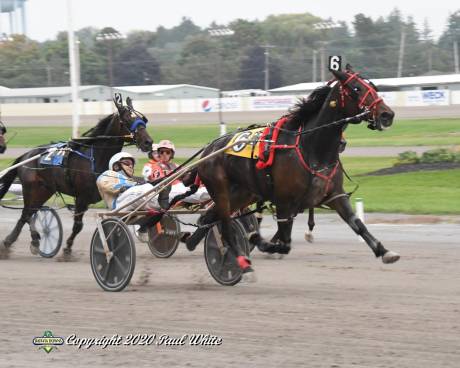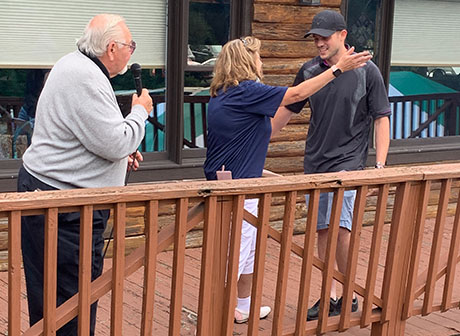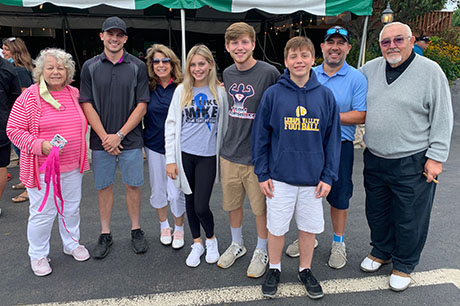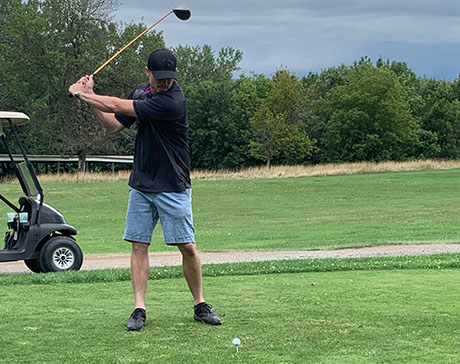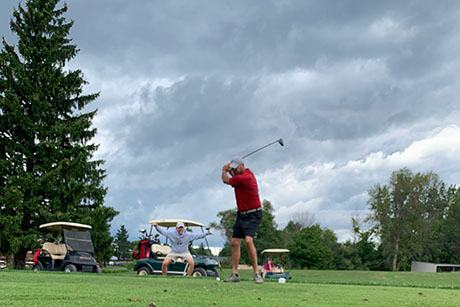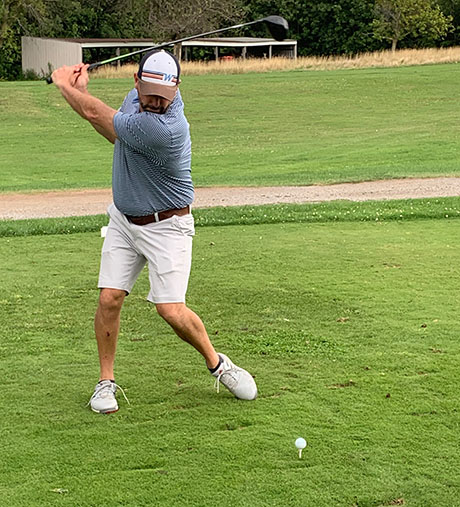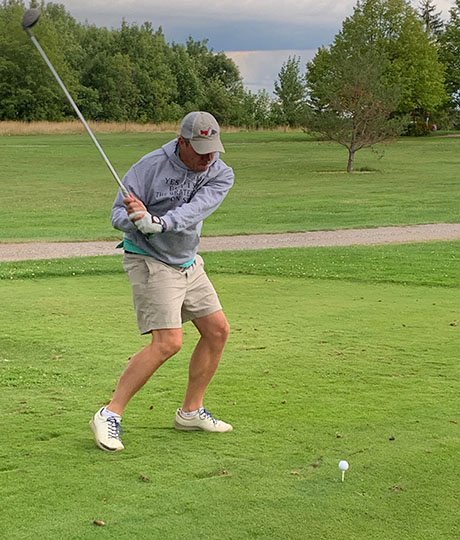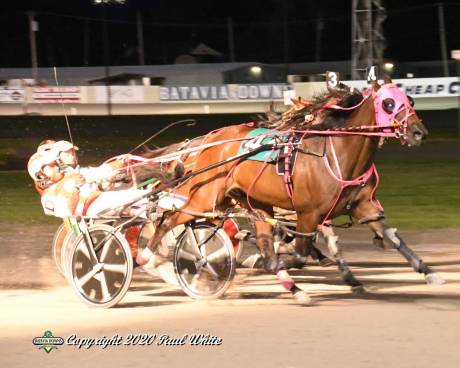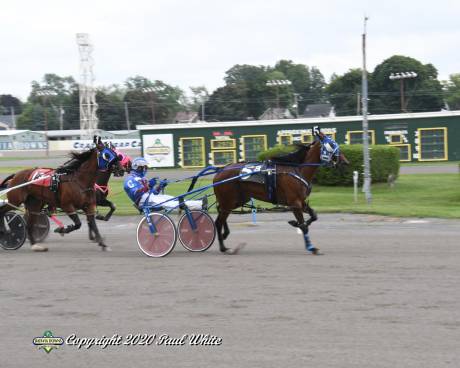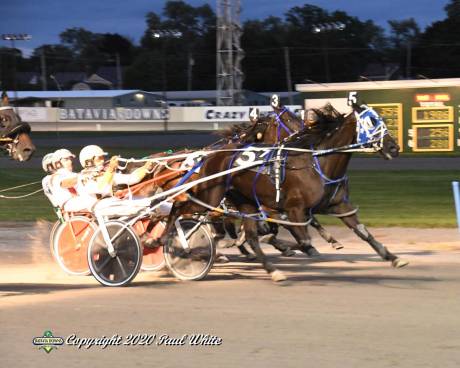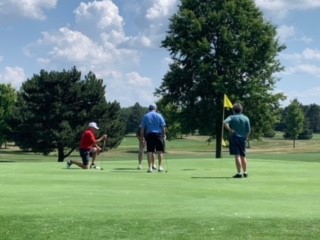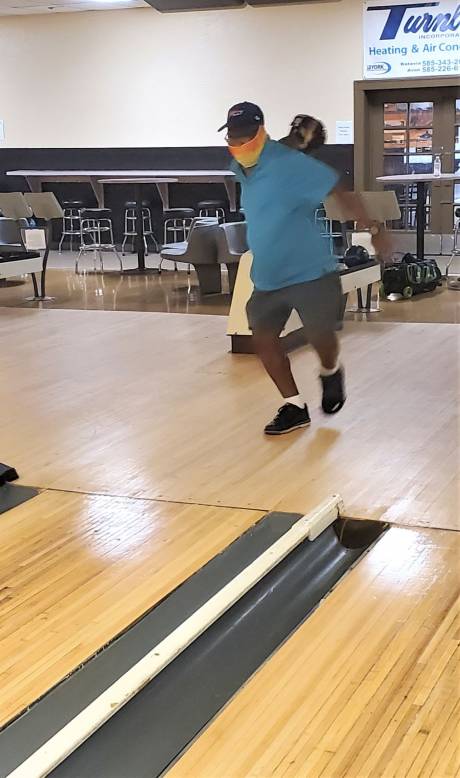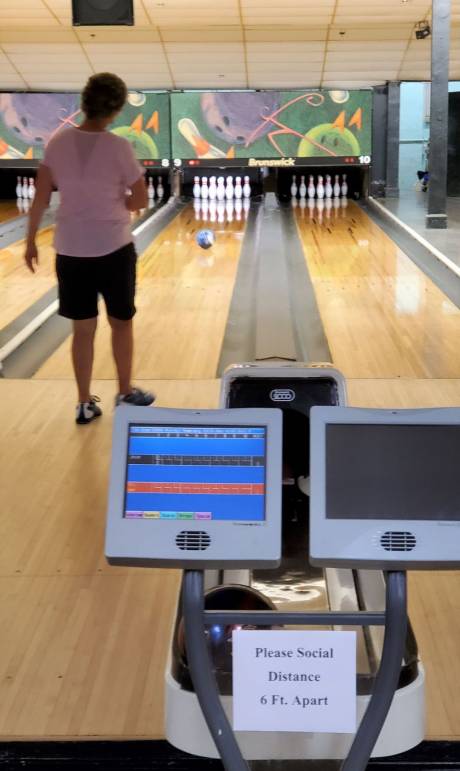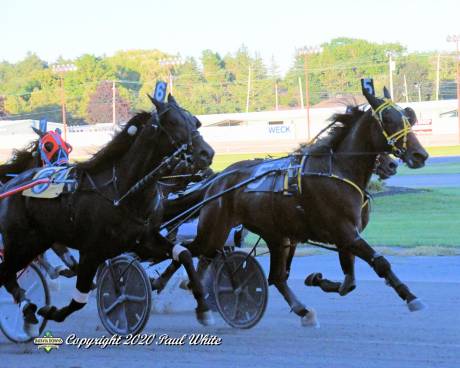Bowling center proprietors have crossed one giant hurdle, finally convincing Gov. Andrew Cuomo that they can reopen their establishments safely, but now they face another significant challenge in figuring out how to run their leagues.
On Friday, the governor announced that centers will be allowed to reopen starting this Monday – good news for managers who rely on the weeks before Labor Day to determine the strength of their leagues and recruit new bowlers.
However, with the mandate to limit capacity to 50 percent and to keep every other lane closed due to social distancing, deciding where and when leagues will be able to bowl when they begin in early September likely will take on the look of musical chairs.
Normally, league opponents are set up to bowl on two adjoining lanes – lanes 1-2, for example – and to alternate lanes for each frame over the course of their three-game match.
In the first game, the team starting on lane 1 would bowl frames 1, 3, 5, 7 and 9 on lane 1 and frames 2, 4, 6, 8 and 10 on lane 2. The alternating pattern would continue through the next two games.
Rule Changes Allow Bowling on One Lane
Fortunately, several weeks ago the United States Bowling Congress, the governing body of the sport, temporarily waived USBC Playing Rules 106a, 106b, 320a and 320b, which state two lanes must be used for competition and bowlers must alternate lanes – bowling five frames on each lane of the pair.
The USBC also waived the requirement that both lanes must be used for a bowler to be eligible for awards and average recognition.
Those rule changes open the door for leagues to continue, but league bowling teams are going to have to be flexible and be willing to bowl on just one lane until the time comes when Albany loosens the limitations on lane usage and capacity.
“It’s tough,” said Mike Sputore, manager of the 24-lane Mancuso Bowling Center in Batavia, which plans to open on Aug. 24. “We’ve come up with a couple thought processes, but there’s no perfect plan … bowlers are going to have to work with us.”
Sputore said the only fair way to get the ball rolling is to “offer all of our leagues an opportunity to have a meeting and gauge the total number of league bowlers willing to still bowl (considering the restrictions).”
“One of our thoughts is to run double shifts for all the leagues, for instance, our Tuesday league that bowls on lanes 1 through 10 would be able to have five teams bowl on that first shift – maybe go odd (team numbers) the first week and even (team numbers) on the second shift,” he said. “That’s the only fair way to allow all of the teams to participate.”
Will League Bowlers Start Earlier?
He also said the weekly starting times could be moved up, so instead of the league starting at 7 p.m., it would be willing to start around 5:30. That way the second shift would be able to begin around 7:30 or 8 p.m. – the exact times determined by the number of bowlers on each team.
Sputore also said an option could be to have all the bowlers in one league bowl on the first shift on the first and third weeks of the month, and another league scheduled for that particular night having the first shift on the second and fourth weeks of the month.
That way, all members of a 12-team league, for example, would be able to bowl at the same time, but spread out over the 24 lanes, skipping every other lane.
Mancuso’s has the most lanes of all the centers serviced by the Genesee Region USBC, with other “larger” centers being Medina Lanes (20), Oak Orchard Bowl in Albion (18) and Livingston Lanes in Geneseo (16).
Finding something that works at the smaller centers will be all the more difficult.
Eight Isn't Enough
“I’m really hoping that the guidelines change again by the time we start our leagues,” said Bob Santini, proprietor of Mount Morris Lanes, which has eight lanes and a full weekly schedule of leagues, including two with five members per team. “If we have to go every other lane, it’s going to be tough.”
Santini, like Sputore, mentioned the first and second shift notion, but bemoaned the fact that the second squad of a five-person league wouldn’t finish until around 11 p.m.
He said the other option would be to allow half of a particular league to bowl on week one of the month, and the other half of the league to bowl on week two of the month. However, that would reduce the number of sessions for each group to 16 (for a 32-week league), effectively cutting his income in half.
“There’s two options and neither one of them are very good,” he said.
Santini also wondered if the requirement out of Albany that everyone has to wear a face covering applied when the bowler is actually on the lane, making his or her delivery. He mentioned that masks aren’t required when people are sitting down at a table eating.
“We’ve had two league meetings thus far and for the most part, everybody’s good with everything, except the masks,” he said.
The other Genesee Region USBC bowling centers with certified leagues are Rose Garden Bowl in Bergen (8 lanes), Paris Lanes in Oakfield (12 lanes), Perry Bowling Center (8 lanes), Letchworth Pines in Portageville (12 lanes), and Legion Lanes in Le Roy (8 lanes).
Waiting for More Guidelines
Doug Bohannon, of Glens Falls, president of the New York State Bowling Proprietors Association, said he is waiting for further details on the guidelines, including if face coverings have to be worn at all times.
“I know in Texas you have to wear a mask even when you’re bowling, and Florida it might be that way, but all the states surrounding us, you don’t have to wear the masks when you bowl,” he said. “The state has let us open, but they really haven’t given us the full set of rules yet.”
As far as all the requirements, Bohannon said proprietors will just have to make it work.
“It’s much better than staying closed,” he said. “If everybody just keeps doing what they’re doing (in terms of health and safety protocols), I think we will see a loosening in the restrictions.”
Other guidelines for bowling centers include: social distancing required at all times; bowlers need to stay at their assigned lanes; thorough cleaning and disinfection of shared or rented equipment between each use will be required; and all food service must follow all state-issued guidance.

